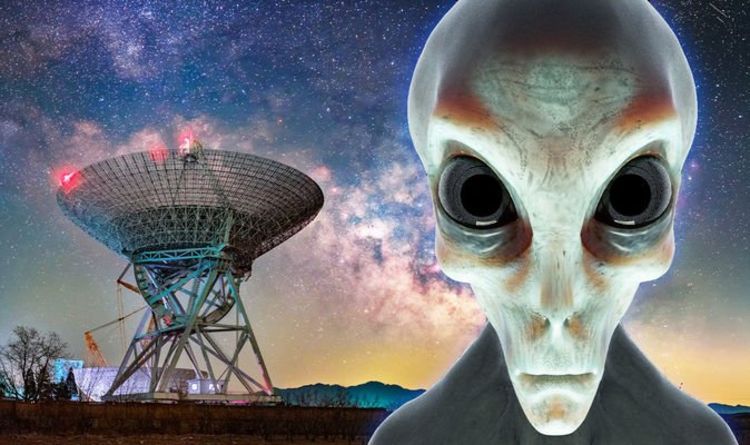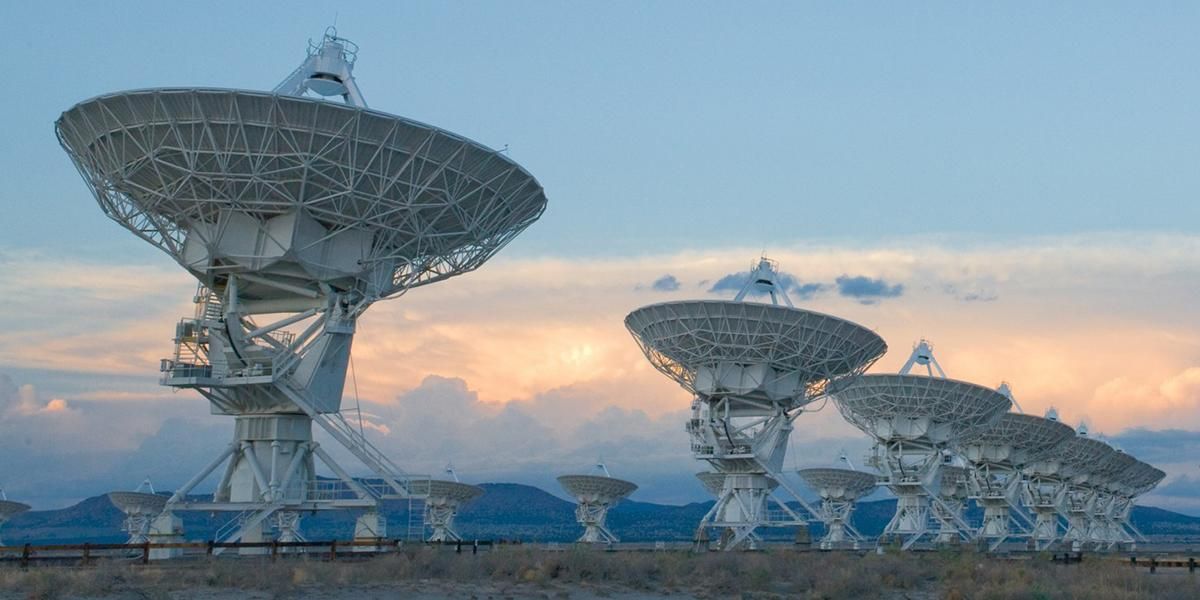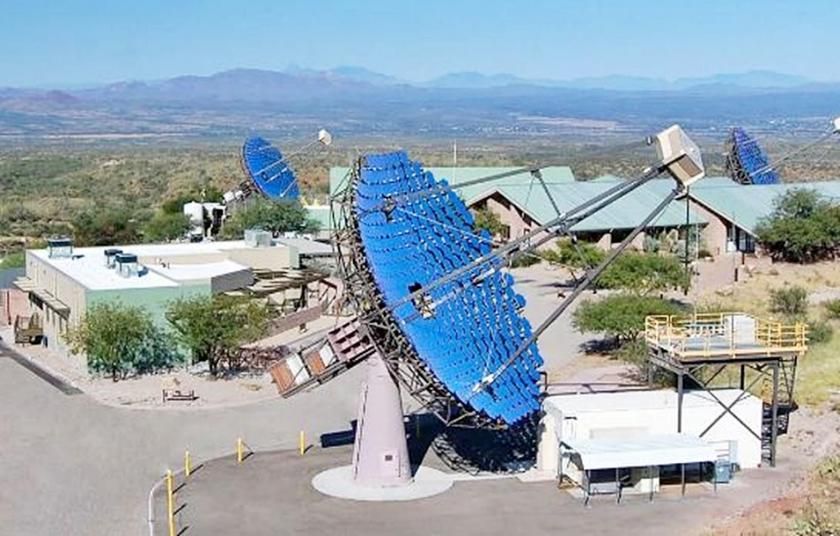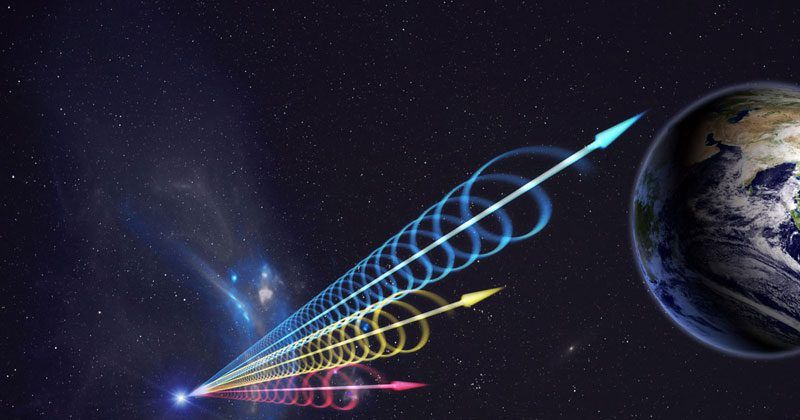A Breakthrough in the Search for ET Intelligence?
Article by Deborah Byrd September 2, 2020 (earthsky.org)
• Researchers at University of Manchester in the UK have developed a new analytical technique that they say represents “a milestone in SETI”, the ‘search for extraterrestrial intelligence’. Making use of new data being gathered by European Space Agency’s ‘Gaia’ satellite, this “analytical technique” will “place limits” on the probability of other extraterrestrial intelligence in the Milky Way.
• In a new research paper published on September 2nd in the journal Monthly Notices of the Royal Astronomical Society, University of Manchester astronomers Bart Wlodarczyk-Sroka and Michael Garrett, in collaboration with Andrew Siemion, the director of the Breakthrough Listen Initiative (at SETI), have increased the number of stars available for applying SETI search criteria by more than 200 times – from 1,327 to 288,315 stars.
• The Gaia spacecraft satellite and observational platform is currently gathering a vast quantity of data to create the first-ever three-dimensional map of our Milky Way galaxy. SETI estimates that fewer than 0.04% of stellar systems have the potential of hosting an advanced civilization with at least 21st century radio technology. “Combing through the catalogue produced by the ESA’s Gaia spacecraft, which measured the distances to over a billion stars,” reads the report, “[we] recalculated limits on the prevalence of transmitters around additional stars within the radio telescope’s fields of view. By selecting stars out to much larger distances (up to about 33,000 light years) than the original sample of nearby stars, [we] were able to expand the number of stars studied from 1,327 to 288,315.”
• In other words, Wlodarczyk-Sroka and Garrett have extrapolated this 0.04% standard to a much larger field of data – representing 200 times the number of stars that it was once applied to – to ‘place some of the most stringent limits to date on the prevalence of powerful radio transmitters in this region of our Milky Way galaxy’. This SETI-approved 0.04% probability of other advanced civilizations out there doesn’t include non-technical ‘simple life’ civilizations.
• Team leader Mike Garrett is glad that SETI searches can now take into account the many other ‘cosmic objects’ (ie: exoplanets) that fall within the range of the ESA telescope, and apply the same SETI limits to 287,000 more star systems. “Knowing the locations and distances to these additional sources greatly improves our ability to constrain the prevalence of extra-terrestrial intelligence in our own galaxy and beyond,” said Garrett. “We expect future SETI surveys to also make good use of this approach.
• According to the report’s conclusion, “fewer than 0.04% of stellar systems have the potential of hosting advanced civilizations with the equivalent or slightly more advanced radio technology than 21st century humans. As well as improving the limits for nearby stars, the team for the first time have actually placed limits on more distant stars with the caveat that any potential lifeforms inhabiting the outer limits of the galaxy would need even more powerful transmitters in order to be detectable.”
• “Our results help to put meaningful limits on the prevalence of transmitters comparable to what we ourselves can build using 21st century technology,” said Wlodarczyk-Sroka. “We now know that fewer than one in 1,600 stars closer than about 330 light years host transmitters just a few times more powerful than the strongest radar we have here on Earth.”
• [Editor’s Note] Is this what they call hiding the deceit in plain sight? Is the deep state’s SETI admitting that they are simply extrapolating its 0.04% probability estimate of advanced ET beings in the galaxy to more and more stars as they are discovered? And how do they arrive at this ‘1 in 1,600 stars’ probability in the first place? Their false narrative is that there must be some other intelligent civilization out there in this vast galaxy, but we have a pathetically small chance of ever detecting them, much less meeting them. Now, if this was a true analytical probability, it would presume that they actually discovered some of these civilizations through returned radio transmissions to compute a ratio. This hasn’t happened, not according to SETI. But SETI isn’t so much in the business of actually finding evidence of intelligent extraterrestrials as they are in looking for them. So all that this prestigious university report does is to arbitrarily “place” SETI’s pseudo-scientific “limits” on any new stars that the highly advanced ESA space observatory finds. Yay.

The researchers called their new analytical technique “a milestone in SETI.” One researcher commented: “We now know that fewer than one in 1,600 stars closer than about 330 light years host transmitters just a few times more powerful than the strongest radar we have here on Earth.”
Astronomers at the University of Manchester in the UK said today (September 2, 2020) that they’ve made an

analytical breakthrough in the ability to seek and perhaps someday find intelligent extraterrestrial life in our Milky Way galaxy. They said this breakthrough is a “milestone” that could “significantly improve” our chances of finding extraterrestrial intelligence by dramatically expanding the number of stars available for searching. They said their new analytical technique has increased the number of stars that can be analyzed by more than 200 times. And they said they’ve now placed the best limits yet on the prevalence of artificial radio transmitters, dubbed techno-signatures, in the Milky Way.
In new research published on September 2 in the peer-reviewed journal Monthly Notices of the Royal Astronomical Society. In a statement the researchers said: “The collaborative research team have been able to dramatically expand the search for extra-terrestrial life from approximately 1,400 stars to 280,000 – increasing the number of stars analyzed by a factor of more than 200 …”

“The result suggests that fewer than 0.04% of stellar systems have the potential of hosting advanced civilizations with the equivalent or slightly more advanced radio technology than 21st century humans. As well as improving the limits for nearby stars, the team for the first time have actually placed limits own more distant stars with the caveat that any potential lifeforms inhabiting the outer limits of the galaxy would need even more powerful transmitters in order to be detectable.”
The research team consists of University of Manchester Masters student Bart Wlodarczyk-Sroka and his advisor Michael Garrett, collaborating with Andrew Siemion, director of the Breakthrough Listen Initiative.
The analysis, say researchers, can only locate intelligent and technically advanced civilisations that use radio waves as a form of communication. They could not, for example, detect ‘simple’ life or non-technical civilizations. They said: “Combing through the catalogue produced by the European Space Agency’s (ESA) Gaia spacecraft, which measured the distances to over a billion stars, [we] recalculated limits on the prevalence of transmitters around additional stars within the radio telescope’s fields of view. By selecting stars out to much larger distances (up to about 33,000 light years) than the original sample of nearby stars, [we] were able to expand the number of stars studied from 1,327 to 288,315.”
FAIR USE NOTICE: This page contains copyrighted material the use of which has not been specifically authorized by the copyright owner. ExoNews.org distributes this material for the purpose of news reporting, educational research, comment and criticism, constituting Fair Use under 17 U.S.C § 107. Please contact the Editor at ExoNews with any copyright issue.






 The crew of Kane’s ship brings him back on board with the mysterious critter still attached to his spacesuit. Under the fluorescent lights, the creature seems to die, detaching from Kane’s face. When the astronaut eventually wakes up, he seems unharmed by the encounter.
The crew of Kane’s ship brings him back on board with the mysterious critter still attached to his spacesuit. Under the fluorescent lights, the creature seems to die, detaching from Kane’s face. When the astronaut eventually wakes up, he seems unharmed by the encounter.

 The chance that alien life looks humanoid is infinitesimal.
The chance that alien life looks humanoid is infinitesimal.






